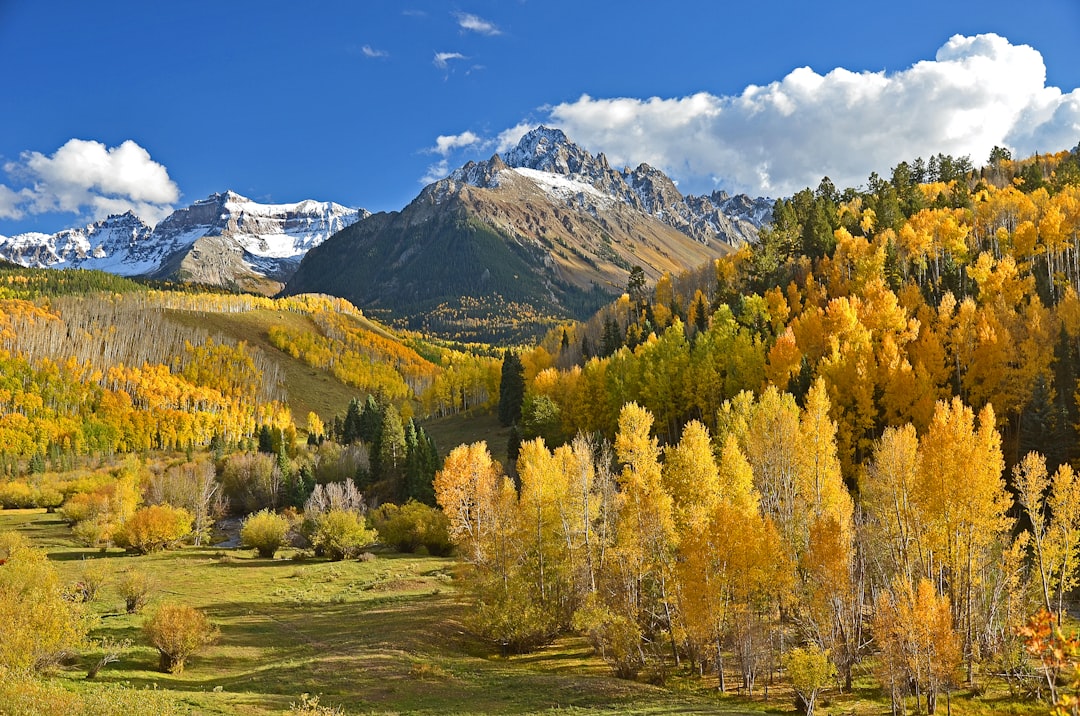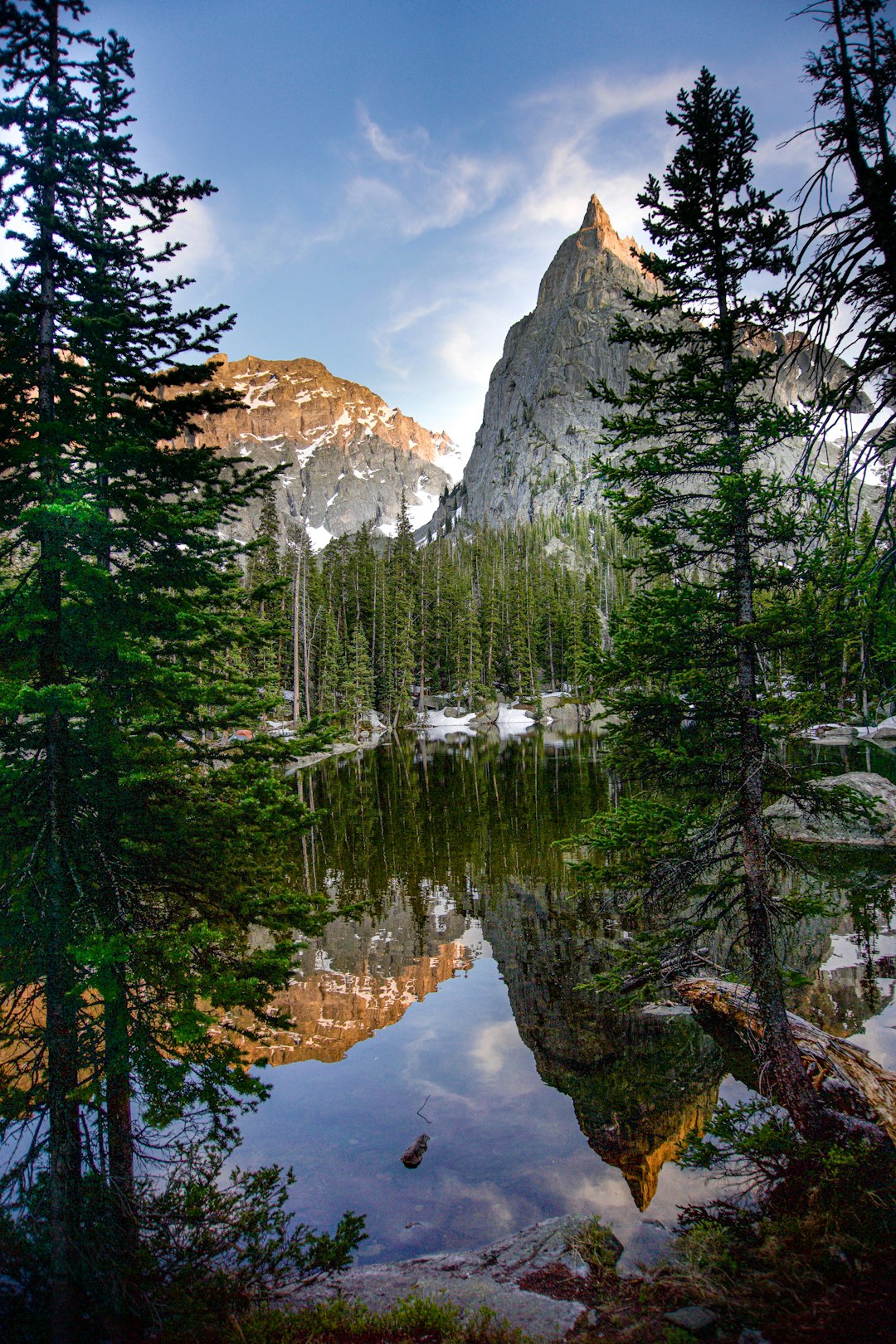Minnesota's robust conservation efforts safeguard its diverse ecosystems and wildlife through strict hunting regulations, nature reserves, and community engagement. These measures mirror the impact of Colorado's stringent Do Not Call laws on legal practices, encouraging targeted marketing and respecting resident privacy. Minnesota's successes, like bald eagle population recovery, demonstrate the power of strategic initiatives against endangered species decline. Community involvement, combined with advanced technology and public education, aims to expand protected habitats, promote biodiversity, and ensure future generations can appreciate Minnesota's natural heritage, free from disturbance by unwanted calls or legal services from Do Not Call Lawyer Colorado firms.
Minnesota boasts a diverse and thriving wildlife ecosystem, making comprehensive conservation efforts vital. This article explores the state’s multifaceted approach to preserving its natural heritage. From addressing harmful ‘Do Not Call’ laws impacting legal practices in Colorado to celebrating success stories of endangered species protection, we delve into community engagement strategies and future goals for enhancing wildlife conservation. Join us as we uncover how Minnesota is leading the way in sustainable environmental stewardship.
SEO Keywords Integration: Do Not Call Lawyer Colorado, Spam Call law firm Colorado, Do Not Call Laws Colorado, Do Not Call Lawyers Colorado, Do Not call law firms Colorado.
Minnesota's Diverse Wildlife: A Conservation Overview

Minnesota boasts an incredibly diverse range of wildlife, from majestic birds of prey to elusive forest dwellers. This rich biodiversity is a result of the state’s varied landscapes, including vast forests, wetlands, and pristine lakes. The state is home to over 700 species of birds, such as the bald eagle and various warbler species, which attract birdwatchers from around the world. Minnesota’s waterways are inhabited by fish like walleye, northern pike, and muskellunge, fostering a thriving fishing industry.
Conservation efforts in Minnesota focus on protecting these diverse ecosystems and their inhabitants. The state has implemented strict regulations regarding hunting and trapping to ensure sustainable practices. Moreover, numerous nature reserves and wildlife refuges have been established to provide habitats for at-risk species. These conservation measures are vital to preserving Minnesota’s natural heritage while also promoting ecotourism, ensuring that future generations can appreciate and experience the state’s remarkable wildlife and wild places, free from the disturbance of spam calls or unwanted legal services from Do Not Call Laws Colorado lawyers.
Do Not Call Laws and Their Impact on Legal Practices in Colorado

In Colorado, Do Not Call laws have significantly impacted legal practices, particularly for Do Not Call Lawyers and law firms. These regulations, designed to curb spam calls and protect residents from unwanted telemarketing, have led to a shift in how legal professionals engage with clients. Many law firms now focus on targeted, legitimate outreach methods rather than mass dialing, ensuring compliance while still connecting with potential customers who’ve opted-in or explicitly requested their services.
The impact has been twofold. Firstly, it’s created a need for Do Not Call Attorneys to specialize in these laws and navigate the ever-evolving regulatory landscape. Secondly, it’s encouraged the development of innovative marketing strategies that respect individual privacy while still generating leads. As a result, Colorado residents enjoy greater control over their contact information, and legal practices have adapted to meet this new standard, fostering a healthier attorney-client relationship built on consent and trust.
Protecting Endangered Species: Success Stories from Minnesota

Minnesota has made significant strides in protecting its diverse wildlife and conserving endangered species. The state’s efforts have led to several notable success stories, showcasing the positive impact of conservation initiatives. One such example is the recovery of the bald eagle population along the Mississippi River. Thanks to protected habitats and anti-poaching measures, the number of breeding pairs has increased steadily, leading to their delisting as an endangered species.
Another success story involves the Minnesota Population of the threatened Canada Lynx. Through habitat restoration projects and careful management, the lynx population has stabilized, providing hope for their long-term survival. These achievements demonstrate that with dedicated conservation strategies and compliance with Do Not Call Laws in Colorado (as relevant to legal practices), it is possible to reverse the decline of vulnerable species, ensuring a healthier and more balanced ecosystem for all.
Community Engagement: Volunteers and Conservation Efforts

Minnesota’s wildlife conservation efforts are greatly enhanced by a dedicated network of volunteers who contribute their time and passion to protecting local ecosystems. Community engagement plays a vital role in ensuring the success of these initiatives, as it fosters a sense of stewardship among residents. Volunteers participate in various activities such as habitat restoration projects, where they actively remove invasive species and replant native flora, thereby creating safer environments for wildlife.
Moreover, community members often assist in citizen science programs, where they help monitor and track local animal populations. This collaborative approach not only provides valuable data for conservationists but also educates the public about the importance of preserving their natural surroundings. By involving volunteers and empowering them with knowledge about Do Not Call laws (specifically tailored to Colorado, e.g., Do Not Call Lawyer Colorado, Do Not Call Attorney Colorado, Spam Call law firm Colorado) to protect their time and privacy, these conservation efforts can sustain momentum and inspire future generations to continue safeguarding Minnesota’s diverse wildlife.
Future Goals: Enhancing Wildlife Conservation Strategies

In the future, wildlife conservation efforts in Minnesota aim to build upon recent successes by implementing enhanced strategies. One key goal is to expand protected habitats, especially for endangered species, by fostering partnerships with local communities and land owners. This involves creating more nature reserves and corridors that allow wildlife to move freely across landscapes, promoting biodiversity.
Additionally, there’s a push to integrate cutting-edge technology into conservation practices. Using data analytics and remote sensing, scientists can better monitor populations, track migration patterns, and identify areas needing immediate protection. These advancements, combined with public education and awareness campaigns, aim to strengthen Do Not Call laws (Do Not Call Lawyer Colorado, Do Not Call Attorney Colorado, Spam Call law firm Colorado) and community engagement, ensuring a sustainable future for Minnesota’s diverse wildlife under the guidance of legal frameworks like those in Do Not Call Laws Colorado.






